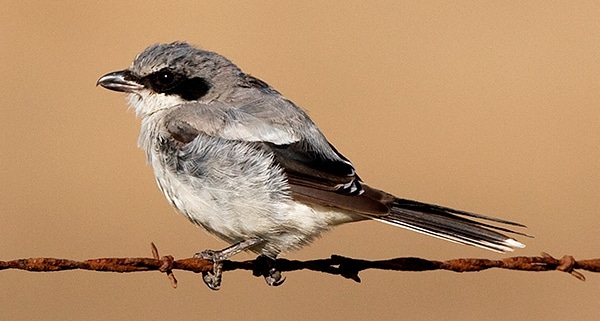
How Much Do You Know About Maryland Birds?
Answers
- Observing birds is important because
d) All of the above
Every country on this planet monitors birds and their populations. Although populations naturally rise and fall, long term population changes, shifts in migration dates, and changes in the range in which the birds are found all are indicators of environmental changes. Like the canary in the coal mine, birds give us an early indicator of significant environmental changes. Local species changes can indicate the effects of altering habitat, and ranges shifting north can possibly indicate the effects of global warming.
- Which one of these species is declining dramatically in Maryland?
a) Northern Bobwhite
The other 3 species are adapting well and actually increasing in population in our state. The Northern Bobwhite’s habitat is in decline, and it is in decline. The bird requires tall grassy areas near cover, and this habitat that is declining.
- Which one of these species could possibly stop breeding in Maryland if global warming continues?
b) Baltimore Oriole
The Baltimore Oriole is declining in the lower part of the state, and this could possibly be due to global warming. They nest in open forest areas in shade trees.
- Which of these breeding birds would only be found in a wet forested area?
d) Prothonotary Warbler
The “sweet, sweet, sweet” call of the Prothonotary Warbler is frequently heard along forested streams and in wooded swamps. The other 3 species are more associated with upland areas.
- Humans can have a beneficial impact on many species. Which species below actually depends on humans managing habitat for its existence?
d) Yellow-breasted Chat
The Chat nests in shrubby fields and leaves as soon as the trees mature and form a canopy. Thus if no forest were ever harvested, there would be no Chats. They are one of the species that inhabit this transitional habitat.
- Which of these species breeds primarily in pine forests?
b) Brown-headed Nuthatch
Brown-headed nuthatches nest in southern pine forests. In Maryland they are found on the lower Eastern Shore.
- Which of these species is not normally found in Maryland?
a) Lincoln’s Sparrow
Lincoln’s Sparrow is a rare visitor to Maryland; it normally breeds much farther west. The others are common breeders in Maryland.
- The Red Knot is a shorebird whose migration depends upon
b) Horseshoe crab egg-laying
The Red Knot is a migrating shorebird. It migrates up the coast, stopping for food long the way. Horseshoe crab eggs, buried in the sand along beaches, are a primary food source. For this reason horseshoe crabs are now valued and protected. Without that food source, the Red Knot would not be able to consume enough energy to make its long trip north.

